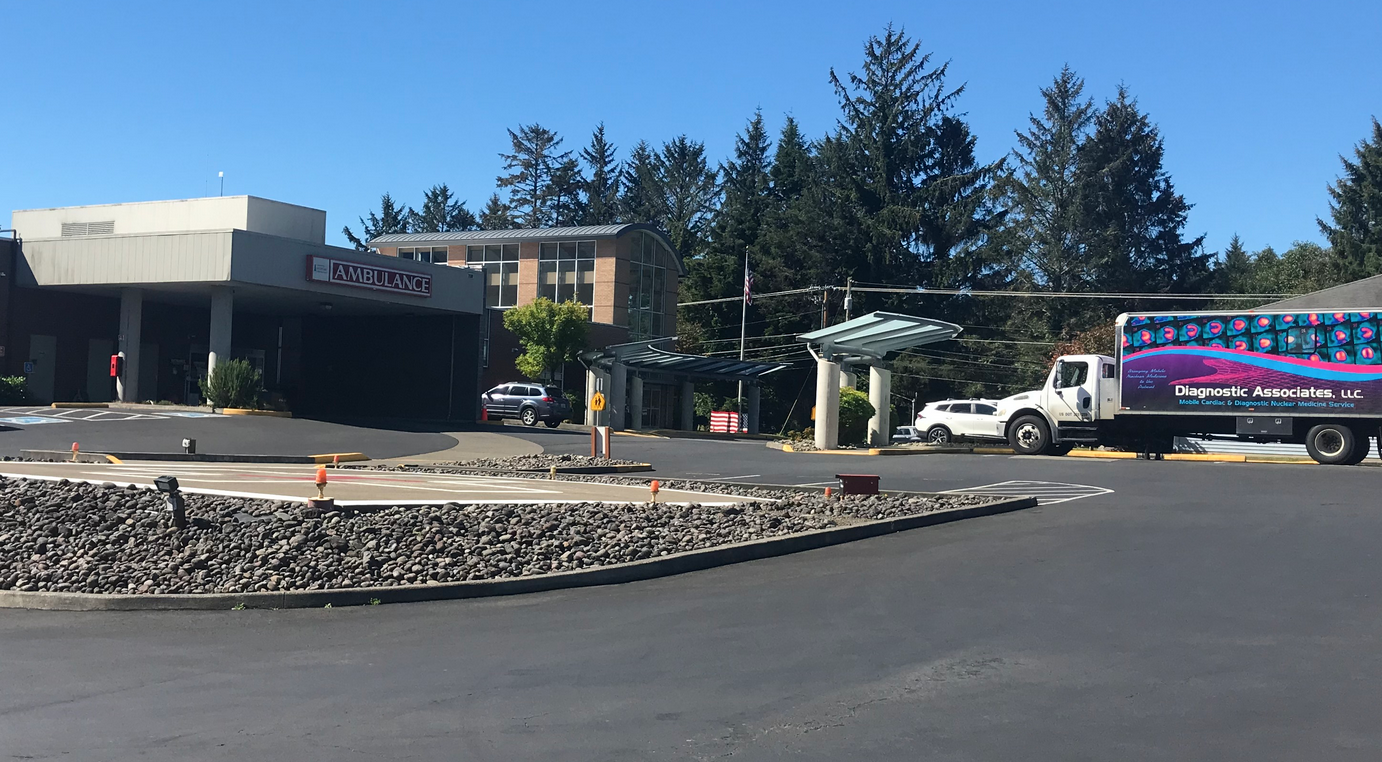Ask a Master Gardener: Choose these plants for fall color
Published 5:00 pm Monday, September 27, 2010
It’s that time of year when much of the rural landscape throughout western Washington transitions into a tapestry of fall colors. Although we may not have the hardwood forests and consequent colorful fall foliage that dominate the New England States this time of year, we do have big-leaf and vine maples, Oregon Ash, Pacific Dogwoods and a host of other native plants that produce our own kaleidoscope of fall color. When placed against a background of native evergreens our fall colors are further enhanced.
Trending
Home gardeners can easily create a riot of fall color in their own landscapes by incorporating a number of plants that are prized for their fall foliage displays. One of the most common, and perhaps most visible for its use in freeway plantings along Interstate 5 is Eponymous alata Compacta, which is commonly referred to as “Burning Bush.” This has to be one of the best plants for use in the home landscape due its nearly fluorescent display of red foliage this time of year. In addition to the vibrant fall foliage, the branches are covered with four corky ridges to give the plant added winter interest. This plant can be grown in full sun or shade; however they will develop a more intense red color in the fall if they are grown in full sun. They do well in our coastal climate and as an added bonus have few insect and disease problems.
Another favorite is Red vein Enkianthus (Enkianthus campanulatus), which produces good red fall color on plants that can get 6 to 12 feet tall and almost as wide, giving it an upright appearance. The yellowish-pink, hanging bell-shaped flowers have red veins and are attractive well into spring. The bright red young stems during the summer usually persist throughout the winter giving it year-round appeal. It combines well with rhododendrons that like similar growing conditions. Another feature is that this shrub is noted as being somewhat deer resistant.
Fothergilla is a must have for gardeners who like a mix of fall color on a single plant. Fothergilla has species that can be used for both foundation plantings (F. gardenia) and for naturalistic settings (F. major), reaching 3 to 4 feet high, and 6 to 10 feet high respectively. Their habit is dense and rounded. Both have fall leaves mixed in colors of red, yellow and orange for an attractive effect. The lightly fragrant flowers (like honey) in spring are shaped like bottlebrushes. Other options for color in the home landscape include blueberries and the American cranberry bush (Viburnum opulus var. americanum). This native species and its more brightly fall cultivars, such as “Alfredo” and “Redwing,” are drought tolerant.
Trending
Question of the Week: Is it true that bone meal is the best bulb food?
Once upon a time, bone meal was considered an excellent bulb fertilizer, but times have changed! Most bone meal today has been so thoroughly processed that the essential nutrients have been literally boiled out. Spring-flowering bulbs actually need no fertilizer for their first season of blooming. A healthy Dutch bulb will already contain all the food it needs to support one season of spectacular growth. Bulbs that will be left in the ground to naturalize will benefit from well-rotted cow manure or special bulb fertilizer when the shoots first appear in spring and again the following autumn.
Spring-flowering bulbs need a cold period to induce flowering, so now through late October is the ideal time to plant. As a general rule, the sooner you get them planted the better. Bulbs need to establish strong root systems, before the frosts of winter set in and the bulbs enter a new cycle in preparation for spring blooming. How well the bulbs grow and flower the first year or two is directly related to their size and health. Select large bulbs that are not dry, shriveled, soft or discolored and plant them two to three times deeper than the top-to-bottom size of the bulb.
Planting bulbs this fall will bring a welcome tapestry of spring color after our typically gray winter months.
Question: Last December we lost several of the cedar trees in our yard due to the strong winds. We put all of the branches and foliage through a chipper and now want to use the mulch in our landscape beds. Our neighbor just told us, however, that cedar mulch is notorious for killing plants——-is this true?
Answer: Unfortunately, this is one of those myths that continues to be passed down from one generation of gardeners to the next. There are numerous references in popular garden publications including websites that warn against the use of cedar sawdust and mulches citing the leachate as being toxic to both seedling and established plants. Some articles even go so far as to suggest that chemicals released from cedar foliage will cause tip burn on established plants and inhibit seed germination. Its no wonder there continues to be widespread concern on how safe cedar-based mulches are for landscape plantings.
There is no documented evidence that either leachate or volatile compounds released by cedar foliage is toxic to plants. It is well known however that cedars, especially Thuja species, have developed chemical weapons against a number of pests and pathogens. Researchers have found that our native Western Red Cedar, Thuja plicata heartwood contains thujaplicin, a water-soluble tropolone that not only inhibits various bacteria and fungi, but also has anti-tumor activity as well. This anti-microbial activity is most likely responsible for the rot-resistant nature of cedar wood. There is no evidence however that this substance harms plant tissues.
Another component in cedar’s chemical arsenal is thujone. This essential oil is found in both Thuja foliage and other non-thuja species. Best known for its ability to repel clothes moths, thujone and other foliar terpenes also repel, inhibit or kill cockroaches, termites, carpet beetles, Argentine ants, and odorous house ants. These compounds are not readily soluble in water, but volatilize and become airborne. The lack of solubility also helps to prevent the compound from leaching into aquatic areas.
In summary, despite what you may read and hear, there is no scientific evidence that mulches of cedar sawdust or woodchips will have a negative impact on plant growth. But keep in mind, whenever a sizeable quantity of sawdust is added to the soil, extra nitrogen must be applied with it. For each cubic yard of sawdust (300 square feet one-inch deep) 3? pounds of available nitrogen should be added. This can be supplied by 17 pounds of ammonium sulfate, 11 pounds of ammonium nitrate, or 22 pounds of ammoniated phosphate (16-20-0). For a bushel of sawdust (15 square feet one-inch deep) ? pound of ammonium sulfate, ? pound ammonium nitrate, or one pound of ammonium phosphate (16-20-20) would furnish the nitrogen needed.
These are fairly liberal amounts of nitrogen. Less could be used if fertilizer is to be used around or under individual trees, shrubs or plants. It is always wise to watch plant growth closely when a large quantity of wood mulch has been used. Slow-growing plants with small, pale-green or yellowish leaves usually means that plants need more nitrogen.









